Why you need to eat more legumes (plus 70+ delicious recipes)
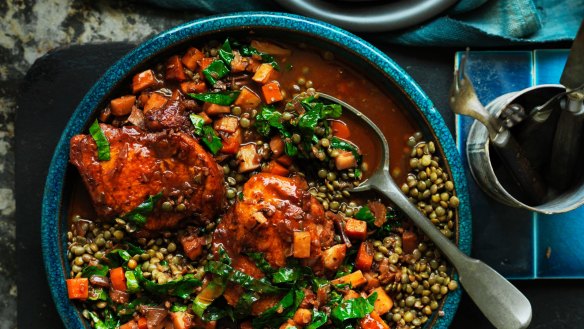
When it comes to superfoods, you will be hard pressed to find a list that does not include at least one variety of legume.
All legumes, also known as pulses and beans, are nutritional powerhouses. They include chickpeas, lentils and kidney beans, just to name a few.
Yet here in Australia they still do not feature as frequently in our diets as they should, with data showing less than 30 per cent of Australians include legumes in their diet regularly.
So if it has been a while since you last cooked with a can of beans, here are some surprising facts about legumes that will inspire you to include them on your weekly menu.
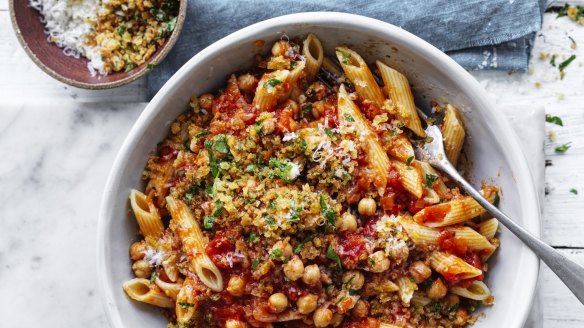
Legumes are packed full of protein and key nutrients
Legumes are one of the most nutrient dense foods you can find. Rich in dietary fibre, protein, low GI carbohydrates, iron, magnesium, zinc, B group vitamins, manganese and copper, for few kilojoules and little to no fat (with the exception of peanuts), it is no surprise that legumes feature heavily in the world's healthiest diets, including both the Mediterranean and DASH eating plans.
Legumes are incredibly cheap
Unlike animal sources of protein, which range from $6 to more than $20 per kilogram for seafood, the average cost of a kilogram of legumes is $2 or less. This means that you can buy a large can of legumes for less than $1, making it one of the most nutrient dense, budget-friendly foods you can buy. The texture of legumes, black beans and kidney beans in particular, means they can easily be mixed into mince-based dishes, adding nutrition and bulk without you even noticing, and making popular family meals including spag bol and chilli con carne a whole lot cheaper per serve.

Legumes are one of the most filling foods you can eat
Thanks to their rich fibre and protein content, legumes such as chickpeas, kidney beans and lentils are some of the most filling foods you can eat. For people who find themselves constantly hungry, or craving sugars, legumes will help to regulate blood glucose levels when they are included in meals, whilst helping to reduce overall energy intake.
Legumes are naturally good for the gut
With plenty of talk of gut health about, it can be easy to forget that one of the best ways to nourish the gut and support digestive health is to consume enough dietary fibre, and a daily serve of legumes is one of the richest sources of dietary fibre you will find. With at least 5-8g of dietary fibre per ½ cup serve, legumes also contain a mix of three different types of fibre – soluble fibre, insoluble fibre and resistant starch, which all play independent roles in supporting digestive health.
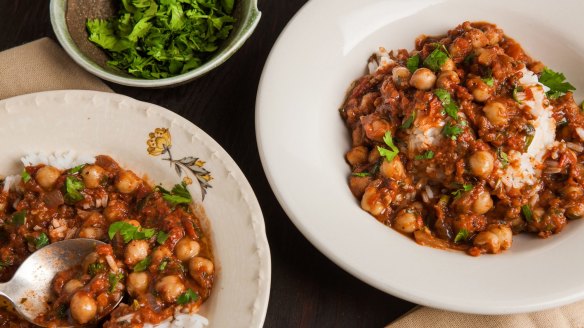
Legumes are extremely versatile
While legumes are commonly used as core ingredients in Mexican and Indian cuisines, and chickpea is popular for making hummus, there are many more uses for legumes in our day-to-day diet. Most varieties make a hearty, protein-rich addition to soups; mashed as a lower-energy alternative to meat and baked or marinated as a fibre-rich, plant-based breakfast meal. Another novel use that is growing in popularity is utilising hearty black beans and creamy white beans in baked goods as they give extra bulk, fibre and protein, plus a flavoursome creamy taste to brownies and cupcakes. You may have also noticed some snack varieties of legumes in health food aisles, with an increasing range of snack foods made from roasted beans and chickpeas.
Legumes help to lower cholesterol
There is a growing pool of data that closely links a regular intake of legumes to heart health, specifically by helping to lower cholesterol levels and support weight control. It is thought that the relatively high amount of soluble fibre in legumes helps to bind cholesterol molecules and reduce its absorption in the gut. In addition, the filling nature of legumes is thought to help reduce food intake overall, supporting weight control.
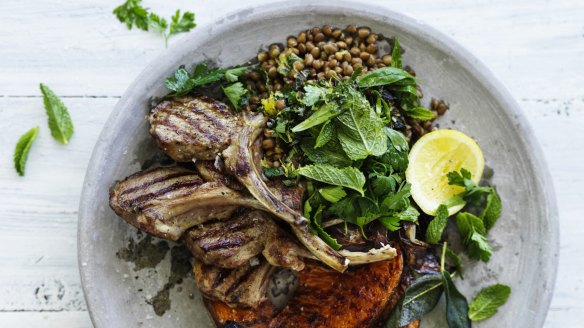
There are options even if you have a sensitive tummy
One of the most common reasons that people actively avoid legumes is that their high fibre content can cause abdominal discomfort, especially for those who are sensitive to FODMAPs, a range of sugars found naturally in some plant-based foods. The good news is that even for individuals who require a low-FODMAP diet, you can still enjoy ½ cup canned lentils or a ½ cup raw and reap all of the nutritional benefits of legumes minus digestive discomfort
Legumes are convenient
While you can source, soak, prepare and cook your own legumes (they should generally be consumed cooked as some raw varieties can be toxic), you can keep a supply of cooked, ready-to-eat legumes in your pantry for years, ready to add to virtually any meal you make at home. And all for less than $1 per can. While canned varieties may contain a little salt to help preserve them, they are one of the healthiest processed foods you can find.
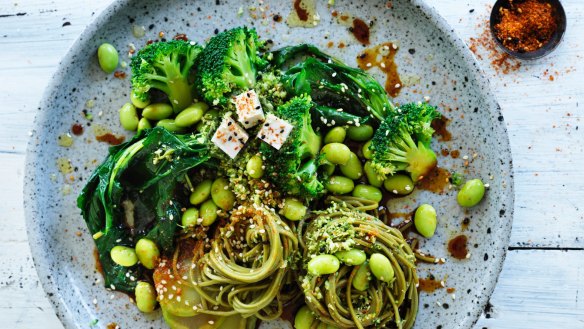
Legumes are superfoods for vegetarians
When comparing animal and plant proteins, not all plant proteins contain all the essential amino acids to be a considered a complete or well-absorbed protein. Soy beans though, in which the baby variety are commonly known as edamame in Japanese cuisine, contain all nine essential amino acids, making them a nutrient-rich dietary addition in vegetarian and vegan diets.
Legumes can be a source of good fat
Whilst not commonly thought of as a legume, peanuts are edible seeds grown in a pod and, unlike the majority of other legumes, are relatively high in fat and low in carbohydrate. As a rich source of monounsaturated fat, which is known for its heart health benefits, peanuts or peanut spread contain micronutrients including zinc and magnesium.
The best recipes from Australia's leading chefs straight to your inbox.
Sign up